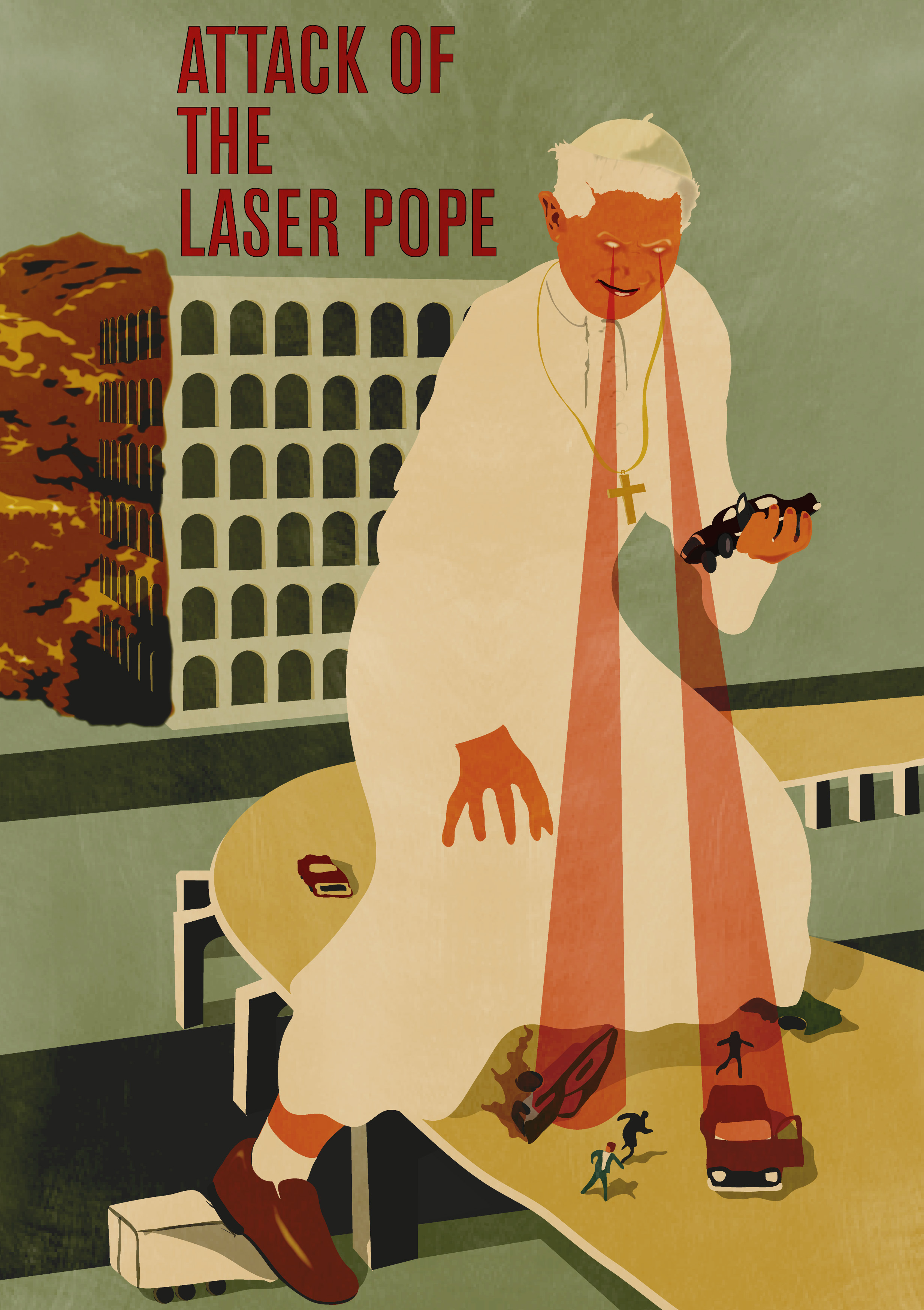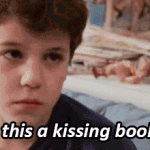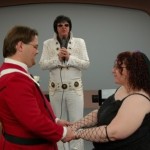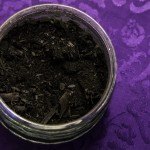
The Pope is talking about science fiction! Well, not Pope Francis, though it’s hardly out of the realm of possibility. In a letter to professor Piergiorgio Odifreddi, an Italian mathematician and prominent atheist, Pope Benedict XVI said the following:
Science fiction exists, on the other hand, in the ambit of many sciences. That which you explain about theories concerning the beginning and the end of the world in Heisenberg, Schrödinger, etc., I would designate as science fiction in the good sense of that phrase: they are visions and anticipations, in order to reach a true knowledge, but they are also, precisely, only imaginations with which we seek to come close to reality. There indeed exists, science fiction in a grand style, for instance, within the theory of evolution. The “selfish gene” of Richard Dawkins is a classic example of science fiction.
I quite liked the quote, since I think it shows a healthy respect for science fiction and for science. Science is an art of model-making, which means scientists are storytellers. Any one with a taste for overfitting data can come up with some way of explaining what we’ve observed to date, but scientists reach farther, and tell stories that allow them to extend their models into something we’ve not yet observed and make predictions. I’m quite fond of this exchange from Tom Stoppard’s Arcadia (the characters are discussing a paper on history of literature):
Valentine: It may all prove to be true.
Hannah: It can’t prove to be true, it can only not prove to be false yet.
Valentine (pleased): Just like science.
Hannah: If Bernard can stay ahead of getting the rug pulled till he’s dead, he’ll be a success.
Valentine: Just like science.
And I think the scientists who stay ahead of the rug deserve their credit. Usually, a long-popular, but ultimately overturned scientific theory has stayed in play by proving useful. When you’re making models, you don’t need to be absolutely accurate to be good enough for engineering and applications. Newton’s physics were quite sufficient for our purposes for generations.
And, of course, anyone who has been debunked deserves credit for making their theory specific enough to be wrong. Going beyond simple description of what happens to speculation about how it happens is a good way to make mistakes, and thus expand our understanding of how the world actually works apophatically.
Science is a data-driven. storytelling profession, and the stories it proposes are informed by the aesthetics of the field. Fred Hoyle stuck by his Steady State theory of the universe, because the asymmetry of a Big Bang undermined his expectations of an elegant universe. Many scientists recoil from m-brane theory for similar reasons.
It’s nice to be reminded that science advances by overreaching and course-correcting; it helps counteract the suspicion and sniping whenever a model is revised or a field gets overhauled. Errors are expected, they’re the price of trying to find the gaps between our map and the territory.












